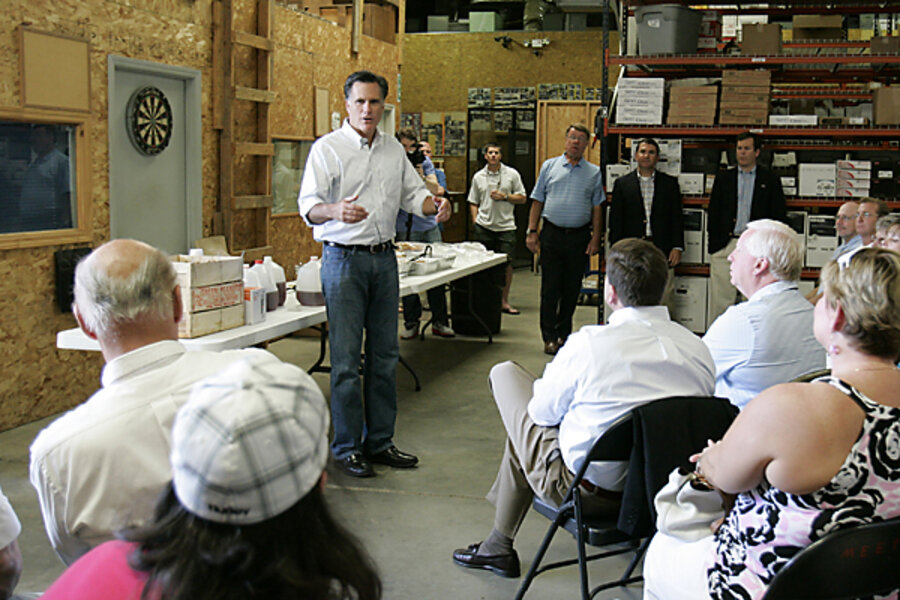Small business tax: Who will be affected by changes?
Loading...
We’ve all heard the allegation: President Obama wants to raise taxes on “small business.” But buried in that claim is a massive amount of confusion about just what businesses we are talking about, what they do, and how they operate. Fortunately, we may soon get some new information to help sort it out.
My Tax Policy Center colleagues have tried to clarify some of this confusion by distinguishing between “small businesses” and pass-throughfirms that report income on the individual tax returns of their owners. These can be S corporations, partnerships, sole proprietorships, or limited liability companies. Using currently available IRS data, we’ve concluded there are about 20 million people who report business income on their 1040s. Very few—only about 3 percent—are in the top two tax brackets (and even some of them would avoid higher tax rates under Obama’s budget). We’ve also concluded that this handful of firms accounts for nearly half of all business income reported on individual returns.
Yet, there is an awful lot we don’t know. For example, we don’t know how many are real businesses and how many represent a bit of side income for people otherwise employed at regular jobs (imagine, for instance, a tax economist who picks up a few bucks reviewing smartphones on the Web). At the same time we don’t know much at all about those hedge funds, law firms, and real estate partnerships that likely account for a large share of the total business income reported on individual returns.
Some of those information gaps may soon get filled in, thanks to some new data being pulled together by the Treasury Department. I got an early glimpse at a National Tax Association presentation on Thursday by Matt Knittel from Treasury’s Office of Tax Analysis.
In some respects, Treasury’s new research, still very tentative, confirms what we thought. For instance, it verifies that only about 3 percent of the owners of these firms are in the top two brackets. At the same time, the new analysis suggests that those high-income pass-through firms may generate a smaller fraction of business income than we thought—perhaps less than one-third instead of half. That suggests that raising taxes on those high-earners would not only hit a relatively few people, it would also do less damage to the economy than we thought.
At the same time, the new research takes a closer look at small firms. The proposed new methodology excludes those who make less than $10,000 in business income and report less than $5,000 in deductions. It also tries to screen out people who really work for an employer but are treated as consultants. Viewed through this lens, there may be many fewer small businesses than the political debate suggests.
The new research also found that wage income is much more important to these taxpayers than many analysts thought, representing more than 40 percent of the 1040 income of business owners. That is very different than the popular image of the local dry cleaner who spends 60 hours a week at his establishment. Imagine instead an IT guy who works a regular job but moonlights for private clients as well. Or a plumber who works for a contracting firm during the day and does his own jobs at night. Or, it could simply reflect the wages of a spouse who holds down a regular job.
Keep in mind that this analysis is a work in progress. But Knittel and his Treasury colleagues may be developing some valuable new information about small businesses and help us better understand both how they are treated under today’s tax law and how they’d be affected by proposed changes. With luck, this important research will be finished before the tax reform debate gets serious.
Add/view comments on this post.
--------------------------
The Christian Science Monitor has assembled a diverse group of the best economy-related bloggers out there. Our guest bloggers are not employed or directed by the Monitor and the views expressed are the bloggers' own, as is responsibility for the content of their blogs. To contact us about a blogger, click here. To add or view a comment on a guest blog, please go to the blogger's own site by clicking on the link above.





